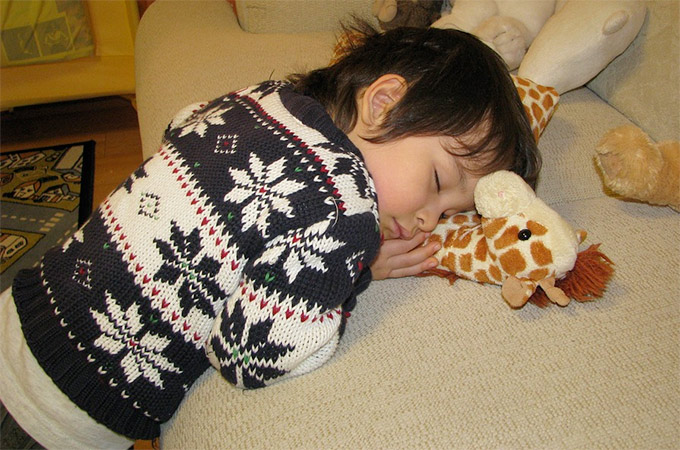Fatigue affects us all, including children, unfortunately. We can be behind on our sleep due to big projects for work or school, due to anxiety, and because of time changes. Many children are affected by extracurricular activities and by the time changes, in particular. It is important to recognize the signs of fatigue in yourself and in your child.
In adults, fatigue can look like forgetfulness and low tolerance. Low tolerance means we have a short amount of patience. This can be directed at our children. We must be mindful of this as our reactions to our children shape how they view themselves as they take cues from us. Saying mean words and being “snappy” teaches our children that it is ok to act this way towards others as well as that it is ok for others to act this way toward them.
What does fatigue in children look like?
- falling asleep at the table
- forgetting homework
- “cranky” or deviant behaviour
- forgetfulness
- failing or falling grades
- a general lack of energy

Fatigue affects us all a little differently. If your child has been acting defiant (more than usual), cranky, or is experiencing falling grades, I invite you to examine their sleeping habits. I also invite you to examine how many extracurricular activities your child is participating in. Although extracurricular activities can be greatly beneficial, they may also be forcing your child to run on less sleep. Children’s brains and bodies require a specific amount of sleep depending on the age of the child. The amount of the sleep a child needs at each age is important information to know.
Some children have issues self-soothing when awakened at night. Some children also have night terrors or suffer from other parasomnias (a category of sleep disorders).
Sleep is a very important part of our lives. Being part of a family is rewarding many ways. If you feel you need support with sleep and sleep issues or parasomnias, you might consider seeking some professional help for it.
